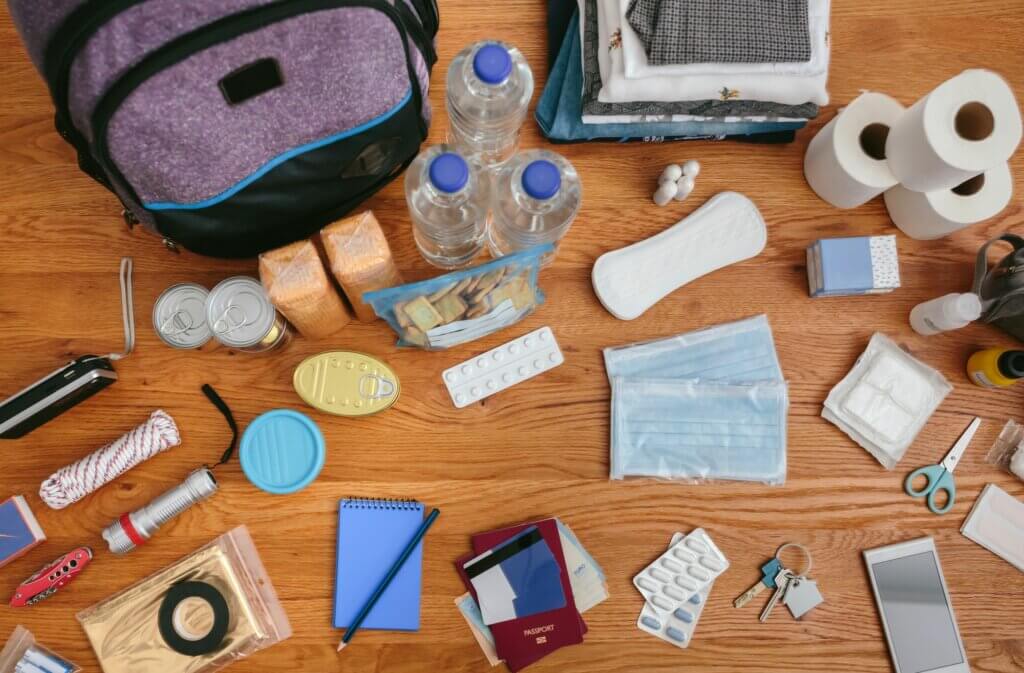September is National Preparedness Month, making it the perfect time to make sure your family is ready for any emergency. In the case of a natural disaster, house fire, or other unexpected event, having a rehearsed plan can make all the difference. Here are a few essential tips to help your family stay safe and prepared during an emergency situation.
1. Create a Family Emergency Plan
Start your emergency preparedness by discussing potential emergencies with your family. Identify safe places to meet both inside and outside your home and establish a communication plan. Make sure everyone knows important phone numbers—or at least 911, for young children—and how to contact each other.

2. Build an Emergency Kit
It’s important to put together an emergency kit with essentials like water, non-perishable food, medications, first aid supplies, blankets, flashlights, batteries, and important documents. Customize your kit to meet your family’s specific needs, including items for infants, pets, and anyone with special health needs. In case of potential evacuation, you should also build a “go bag” that can be placed by the primary exit—a backpack is best to keep your hands free, with duplicates of most items in your home emergency kit.
It can also be a good idea to have a separate emergency kit in your vehicle. These kits come in handy if you need to evacuate quickly by car or become stranded on the road. Car emergency kits should include many of the same items mentioned above, in addition to items like an extra pair of shoes, jumper cables, and a radio.
3. Stay Informed
Keep yourself updated on potential emergencies in your area. Sign up for local alerts and warnings, and familiarize yourself with the types of disasters that are most likely to occur in your region. In the Pacific Northwest, we often have to prepare for wildfires, power outages, and flooding. Understanding the risks can help you prepare more effectively.
4. Practice Your Plan
Go over your emergency plan regularly and practice it with your family. Practicing your emergency plan can make sure that everyone knows what to do and where to go. The more you practice, the more confident everyone will feel in an actual emergency.
5. Involve Your Kids
Teach your children about emergency preparedness in an age-appropriate way. Involve them in creating the emergency kit and practicing the plan. Make sure they know where the emergency kit is located in the house and to use it only in emergencies. Teach them how and when to call 911. Empowering them with knowledge can reduce anxiety and help them feel more in control.
6. Know Your Resources
Find resources in your community that can help during an emergency, such as shelters, medical facilities, community initiatives, and emergency response services. Having this information readily available to the whole family can save valuable time when it’s needed most.
Being prepared for emergencies can keep your family safe, give a sense of direction, and provide peace of mind during some of the scariest situations. By creating a plan as a family, building an emergency kit, and staying informed, you can be more ready for potential emergency situations.
This article is meant for informational purposes only. If you have questions or would like further information, make an appointment with your primary care provider.